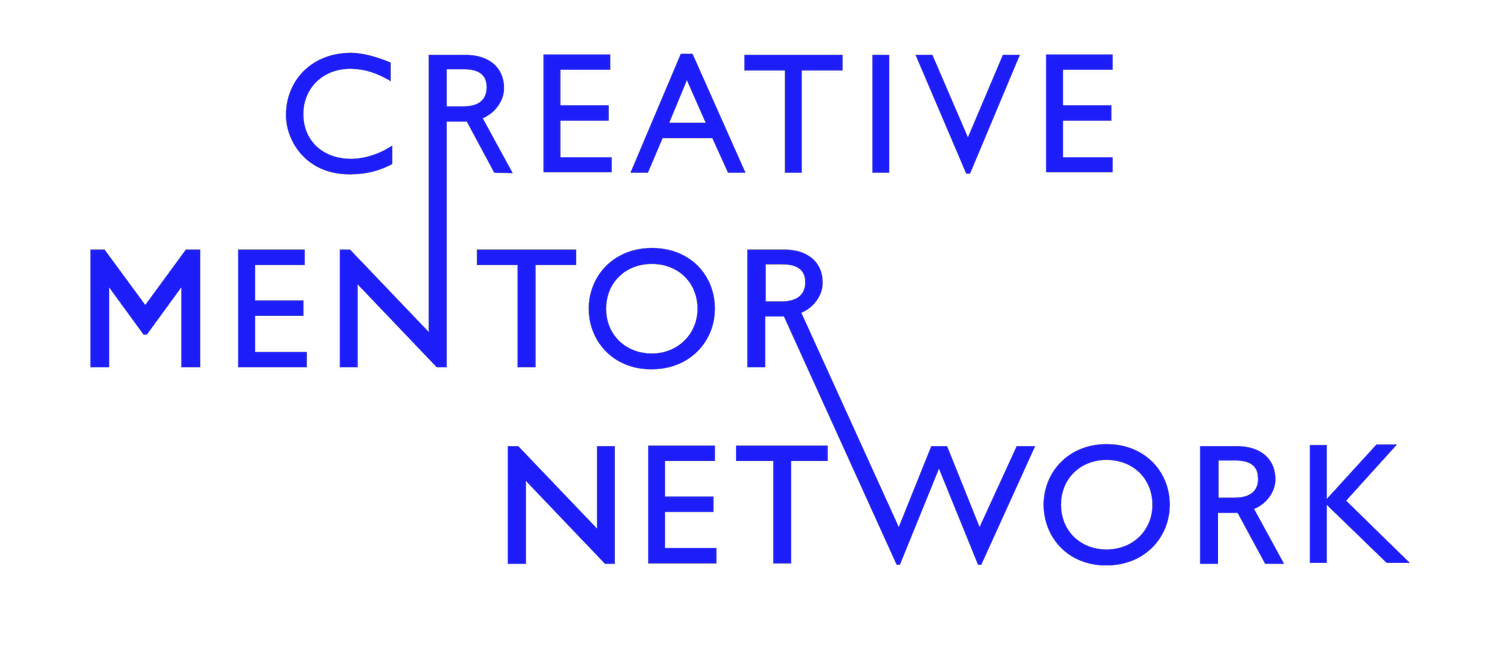How Diversity can solve the retention crisis
It’s been argues that the traditional career path no longer trult exists. According to LinkedIn data from February 2022, Gen Z are job hopping at a rate 138% higher than in 2019, and are only staying in roles for around 2 year - the shortest of any generation.
This is worrying for companies who want to try to retain young staff. To figure out what needs to be done to tackle this, we need to first identify why young talent job hop. A crucial difference with the youngest generation of workers is that they are more interested in the values of their professional life than ever before.
In Deloitte’s Welcome to Generation Z report, 77% of respondents said that it was important to work at a company whose values align with their own. Gen Z is seen as “prioritizing social activism more than previous generations”, which can be seen as a clear ramification of the world in which they’re matured and developed.
So keeping staff within your business means finding a mixture of aligning your values and social impact with the younger generation, whilst also being able to pay a salary that keeps staff satisfied.
Our work training businesses in diversity & inclusion has given us clear insight into the difference that this can make in an organisation’s ability to retain young staff. The two main impacts revolve around the perception of your company due to public commitment to DEI and building an inclusive culture.
In terms of public perceptions - by investing in DE&I training, younger members of staff can clearly see a public and private commitment to diversity & inclusion. That goes beyond a LinkedIn post for Pride Month and Black History Month. That means looking at how you tackle systemic racism within your own organisation, looking at how you structure your work to benefit the mental health of your staff members; looking at how you ensure a diverse workforce who feel supported and nurtured.
Investment into DE&I also means looking at the values that your business holds (again, privately and publicly) and making sure that these align with those of the younger generation. How are you working as a business to ensure that your work is green and environmentally friendly? Is your business one that prioritises profits above all else, or are you truly looking at your effect on the world around you?
When you are investing in DE&I training, potential new staff can see that you are a business that values inclusion at its core. This is something young staff will research in advance - as above, it’s a crucial factor when searching for a new role.
The second part is around the culture that you build. When your senior members of staff have been trained in the barriers to access, when your leaders know how to work inclusively, and when inclusion is a thread that runs through your company, you create a culture that enables young talent to thrive.
Work has to be put into examining your current culture and checking if it works for young talent as they come through. At Creative Mentor Network, we like to talk about searching for ‘culture adds’ rather than ‘culture fits’. If you only hire people who fit the existing mould of your office, you’ll struggle to adapt to the needs of a changing workforce, as your culture won’t be able to progress over time.
When you understand the barriers to access for young people, you’ll be able to further understand the ways in which they work. Following that, you’ll be able to identify the ways in which they will thrive. This has a double-barrelled effect of supporting your future young talent but also increasing your output as a company. By learning to be inclusive leaders and coaches, we allow the next generation to be supported as they break into the world of work, and we create a pipeline whereby young talent can succeed going forward.
Want to find out more about how to develop your understanding of DE&I, whilst making the creative industries more accessible and inclusive? Contact us here.
